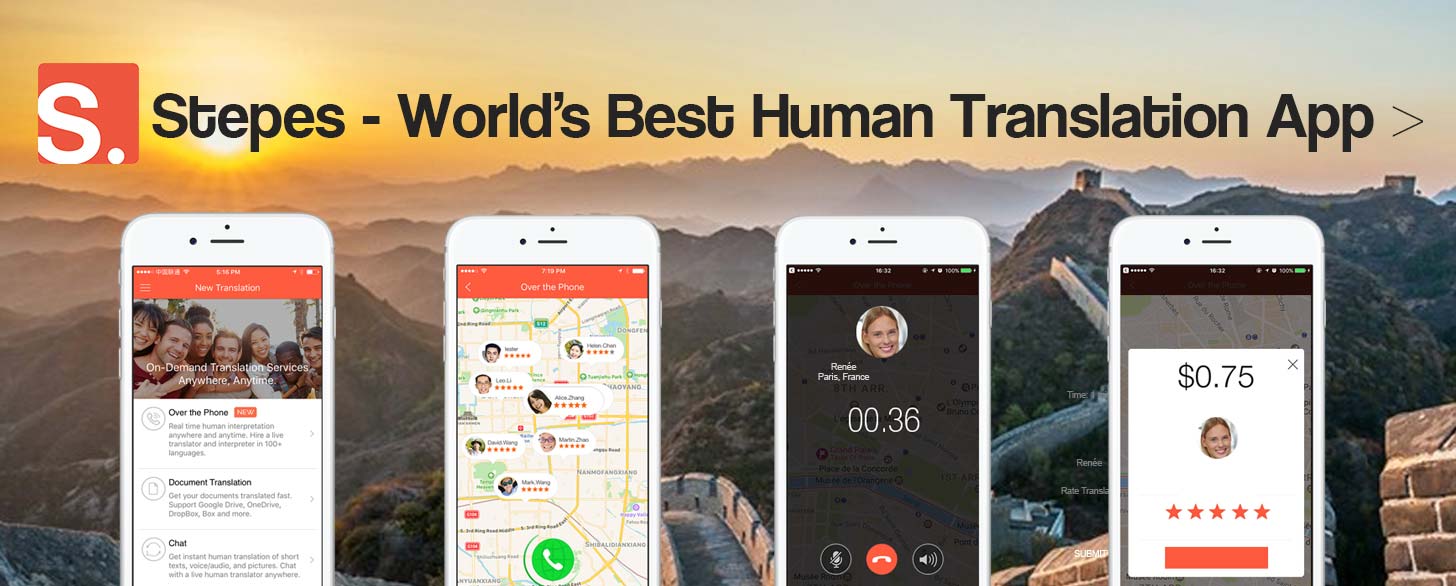 10 Terms
10 TermsHome > Terms > English (EN) > tourism
tourism
“See the USA in your Chevrolet!” Mass tourism in the postwar era has been mediated by the hegemony of the automobile that had emerged earlier in the century and by cheap mass transport via train, bus and aviation. Together, these opportunities for an affluent society to spend leisure time away from the home have transformed an American infrastructure of services as well as the imagery and even identity of places within a burgeoning national and international tourist economy.
Tourism at the end of the century is the second-largest retail operation in the US, employing 7 million people in addition to indirect profits and jobs. Domestic travel expenditures in the US topped $350 billion in 1995; American travelers also spent $57 billion abroad, while foreign travelers spent $68 billion in the US. Some view it as the postmodern successor to industrial capitalism. Certainly, with growing deindustrialization, tourism is avidly promoted as an economic solution by federal, state and local offices through information centers, advertising and professional outreach. Tourism and service courses are offered in colleges, while places seek to transform themselves in terms of salient images (historical landmarks, museums, consumption, slogans), as well as services (convention centers, hotels, restaurants, airports, etc.).
The most common tourist destinations in the US as states are California (25.7 percent), Florida (25 percent), New York (21 percent) and Hawai’i (14 percent)— showing the impact of both Disneyland/Disneyworld as the number-one single attraction and the more general development of resort culture. Among cities, New York City, NY remains the most popular destination, followed by Los Angeles, Miami and San Francisco, though African Americans are drawn to Philadelphia, PA, home of the Liberty Bell, Mother Bethel and important underground railroad sites. Santa Fe and New Orleans have developed especially distinctive images that foster regular visits, while events from the Superbowl or Olympics to horse races, business conventions and celebrity fads all influence choices of destinations. The tourism industry includes magazines, newspaper features, advertisements and Internet sites that shape the choices and the tourist experience; offers from transportation and lodging providers compete nationally and globally.
Tourism and travel may embody many individual and collective goals—an expression of leisure, pursuit of knowledge, consumption, status, family bonding or simple escape— or some meshing of all these. Moreover, “tourism” may be combined with business or other pursuits. Goals, in turn, mean different destinations and travel. The station wagon crammed with tents, children and pets for camping differs from a rented villa in Florence or Maui, a honeymoon in Niagara Falls or eco-trekking in Nepal. Budget, time, social relations and cultural capital shape the tourist venture as does acceptance—African Americans in the postwar period experienced difficulties in finding lodging and even bathrooms in the South; interstate travel was an early target of civil-rights activism.
Differing goals and foundations also influence how tourism will be recalled later through photography (slides in the 1950s and 1960s giving way to video), social narrative and souvenirs. The latter range from kitsch reproductions of the Statue of Liberty or gaudy “Mexican” hats to works of art, high fashion and web-site chronicles.
Tourism also demands adjustments among hosts, depending on attractions and specializations. Services must converge with historic or natural landscapes, collections of particular patrimonies or cultural diversity and even quaintness and isolation in defining an attraction. This leads to a paradox of success that Rothman calls “devil’s bargains,” when tourism alters the life and authenticity of the visited place and people. Hence the Hawai’ian hula becomes a female “show” rather than a male religious event; Amish farms are replaced by motels and malls for those who want to see a simple life in comfort; and national parks are clogged with cars and pollution.
Not all American tourism stays in America. While in the past, trips to Europe or Latin America represented elite privilege or bohemian escape, in the 1990s, more than 50 million Americans travel abroad annually with Canada (13 million) and Mexico (18 million) primary destinations; roughly 8 million go to Europe. In the postwar period of American economic dominance, mass tourism created the image of an “Ugly American” abroad—crass, untutored and unresponsive to places and cultures. Mass tourism has grown to serve multiple niches from academic travelers to special packages based on race and ethnic heritage, age, sexuality or environmental and political issues.
More than 40 million foreign tourists also arrive in the US annually with Canada the largest single source (14 million), 8.7 million from Europe and 6.6 million from Asia.
Many of these visitors see the US through the prism of Disneyworld or other packaged attractions. Yet their experiences of poverty, divisions and antagonisms in the US also challenge American representations of success abroad.
Tourism and tourists tend to figure in mass media as subjects of ridicule, although travel writing itself has been a long-established and evocative genre in American literature (Mark Twain, Henry James, John Steinbeck, etc.). While road movies may evoke an American quest, tourism as a theme often focused movies on differences, confusions and adjustments. Neil Simon’s The Out-of Towners (originally filmed 1970) chronicles the mishaps of travel to New York City that are refracted in films as distinctive as Brother from Another Planet (1984) or Home Alone 2 (1992). More sinister images are evoked by dislocation and vulnerability in the sci-fi resort of Westworld (1973) or the vulnerability of Sandra Bullock as a woman whose identity is stolen in The Net (1995). Tourism abroad is even more torn between the ludicrous (If It’s Tuesday, This Must be Belgium, 1969; National Lampoon films or many sitcom travel episodes), the romantic (many films set in Paris, including Funny Face, 1957 and French Kïss, 1995) or more personal crises and quests (Havana, 1990; Beyond Rangoon, 1998; Men with Guns, 1998). Among depictions of American tourists abroad by non-Americans, one might note Hitchcock’s The Man Who Knew Too Much (1956) or Jacques Tati’s remarkable Playtime (1967).
- Part of Speech: noun
- Synonym(s):
- Blossary:
- Industry/Domain: Culture
- Category: American culture
- Company: Routledge
- Product:
- Acronym-Abbreviation:
Other Languages:
Member comments
Terms in the News
Billy Morgan
Sports; Snowboarding
The British snowboarder Billy Morgan has landed the sport’s first ever 1800 quadruple cork. The rider, who represented Great Britain in the 2014 Winter Olympics in Sochi, was in Livigno, Italy, when he achieved the man-oeuvre. It involves flipping four times, while body also spins with five complete rotations on a sideways or downward-facing axis. The trick ...
Marzieh Afkham
Broadcasting & receiving; News
Marzieh Afkham, who is the country’s first foreign ministry spokeswoman, will head a mission in east Asia, the state news agency reported. It is not clear to which country she will be posted as her appointment has yet to be announced officially. Afkham will only be the second female ambassador Iran has had. Under the last shah’s rule, Mehrangiz Dolatshahi, a ...
Weekly Packet
Language; Online services; Slang; Internet
Weekly Packet or "Paquete Semanal" as it is known in Cuba is a term used by Cubans to describe the information that is gathered from the internet outside of Cuba and saved onto hard drives to be transported into Cuba itself. Weekly Packets are then sold to Cuban's without internet access, allowing them to obtain information just days - and sometimes hours - after it ...
Asian Infrastructure Investment Bank (AIIB)
Banking; Investment banking
The Asian Infrastructure Investment Bank (AIIB) is an international financial institution established to address the need in Asia for infrastructure development. According to the Asian Development Bank, Asia needs $800 billion each year for roads, ports, power plants or other infrastructure projects before 2020. Originally proposed by China in 2013, a signing ...
Spartan
Online services; Internet
Spartan is the codename given to the new Microsoft Windows 10 browser that will replace Microsoft Windows Internet Explorer. The new browser will be built from the ground up and disregard any code from the IE platform. It has a new rendering engine that is built to be compatible with how the web is written today. The name Spartan is named after the ...
Featured Terms
Chani
Chani is a fictional character from Frank Herbert's Dune. Known mainly as the Fremen wife and legal concubine of Paul "Muad'Dib" Atreides, ...
Contributor
Featured blossaries
dnatalia
0
Terms
60
Blossaries
2
Followers
Herbs and Spices in Indonesian Cuisine
 10 Terms
10 Terms
Browers Terms By Category
- Capacitors(290)
- Resistors(152)
- Switches(102)
- LCD Panels(47)
- Power sources(7)
- Connectors(7)
Electronic components(619) Terms
- General accounting(956)
- Auditing(714)
- Tax(314)
- Payroll(302)
- Property(1)
Accounting(2287) Terms
- Chocolate(453)
- Hard candy(22)
- Gum(14)
- Gummies(9)
- Lollies(8)
- Caramels(6)
Candy & confectionary(525) Terms
- Material physics(1710)
- Metallurgy(891)
- Corrosion engineering(646)
- Magnetics(82)
- Impact testing(1)





